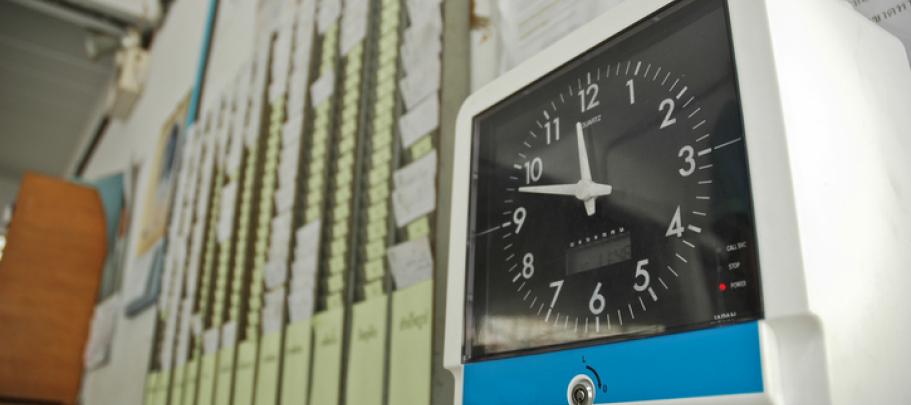
Want to engage employees across your organization regardless of location or work setting? Focus on creating an employee experience that speaks to their unique perspectives.
But in order to understand those perspectives, you need to do one key thing: Step away from your desk and visit employees in other locations. Only then can you understand how employees really work so you can design employee communication programs that meet their needs.
So let’s say you’ve decided to take my advice and pay a visit to another company location. You’re there to learn how employees outside headquarters experience work: What’s the culture? How do employees interact with leadership? What obstacles exist for engaging employees?
Okay, you’ve packed your bags and booked your flight and are ready to go.
What should you do while you’re there? Here are 13 ideas:
- Don’t park in the spots reserved for visitors (tempting as that might be)—drive to the regular employee lot. Notice how long it takes you to walk to the entrance.
- What is the entrance area like? Friendly and welcoming—or cold and imposing? Is there an electronic screen or other messaging?
- Observe how employees enter the building. Do they go through a gate? Show their badge to a guard? Punch a time clock?
- Follow a couple of employees to their destination. (You might want to introduce yourself so they’re not creeped out.) Do they go right to work or stop for coffee?
- Speaking of coffee, where do employees find a hot beverage? Does the site have a cafeteria? Break rooms? Machines?
- Is the coffee area a place to congregate and chat with co-workers? Or is it grab and go?
- Now that you and your new employee friends are fully caffeinated, you accompany them to their work stations. How is the work environment? Is the area well-lit? Can employees sit or stand comfortably? How is the noise level?
- Ask your host to tour the entire facility. Notice any differences between groups or functions.
- Visit the area where senior managers (at that facility) work. Does it seem like a fortress or is the area accessible to all?
- Enough touring; it’s time to switch to the listening part of your visit. Before you arrived, you set up sessions with individuals and groups representing a cross-section of employees. Start at the top: Talk to the general manager or plant manager about his/her needs. What are some things this facility does well? What stands in the way of employee engagement, in his/her opinion?
- Meet with managers a level or two down, asking similar questions, plus this one: What do you need to be successful?
- Chat with your peers in HR or communication. What is life like in this facility? What would help them accomplish their goals?
- Finally, conduct focus groups with employees from different demographics (job function, tenure, etc.). Ask about what works for them, what frustrates them, and what suggestions they have for improvement.
Whew! By this point, you’re probably exhausted. But you’ve just spent an extremely productive day stepping outside your comfort zone and truly getting to know your customers. Now it’s time to put your new-found knowledge to work and determine how you can enhance your program to better meet employee needs.




